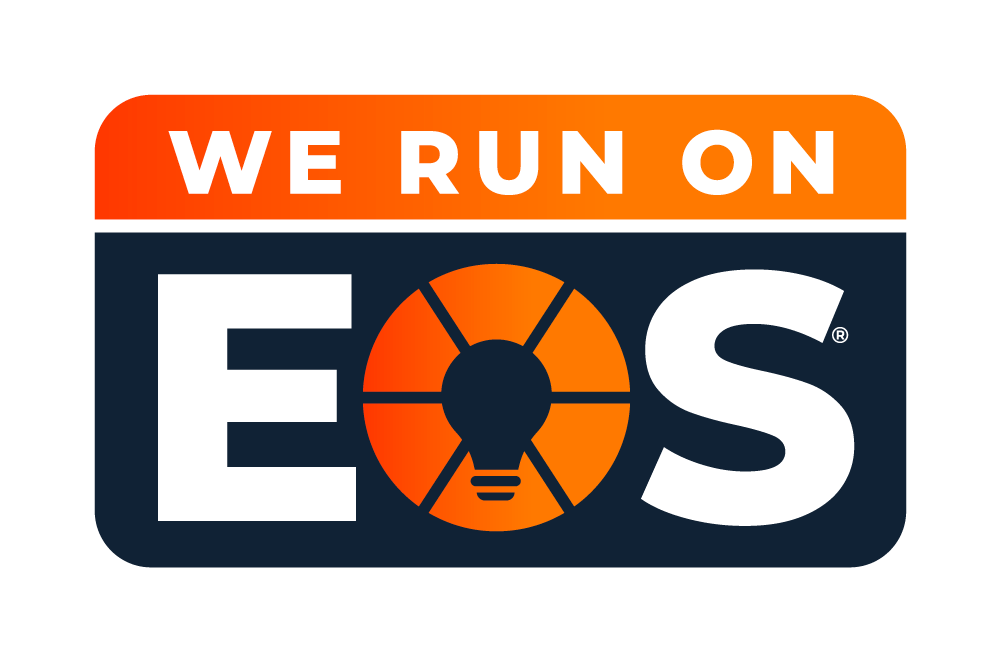Below is an article that Debra Chantry, Our Principal & Business Coach, wrote the following article for The Icehouse… Debra Chantry, Business Coach at The Icehouse, shares her insights on how your business can develop its core competencies to increase your competitive advantage. Debra touches on the power of defining your competencies and the potential risks involved if these are overlooked. To start, it’s important to fully understand what a ‘competency’ is – knowing this, we can set out to determine the different forms a competency can take and what this can mean for your business. So what is a core competency? A core competency is a well-performed activity that is central and integral to delivering on a company’s strategy, enhancing their competiveness and increasing their profitability. To take it one step further, a distinctive competency is a competency that you have that no-one else has or can easily replicate which provides you with a competitive advantage. These can be one of two things:
- Resources
These need to be things that the company has that cannot be easily acquired by competitors, such as:
- Brand reputation
- Proprietary know-how
- Patents and trademarks
- Company reputation
- An existing customer database
- Capabilities
Capabilities are the company’s ability to make use of its resources effectively i.e. bringing a product to market quicker than your competition. A competitive advantage is produced from your distinctive competencies and can be defined as being a business that can sustain profits that exceed the average for their industry. Essentially, this can take one of three forms – either a cost advantage, a differentiation advantage or a focus advantage. This advantage creates value for the customer, and therefore the customer is prepared to pay more or you are able to offer the product for less. When it comes to establishing your core competencies, first brainstorm the factors you think are important to your customers or clients. Think about the factors that influence the purchaser’s decision when they’re buying products or services similar to your own. Following this, brainstorm all the competencies that your company has; the things that you do well. List these out and then use Hamel and Prahalads three tests (refer below) to see whether your competencies are true core competencies:
- Relevance: Firstly, the competence must give your customer something that strongly influences him/her to choose your product or service. If it does not, then it has no effect on your competitive position and is not a core competence.
- Difficulty of Imitation: Secondly, the core competence should be difficult to imitate. This allows you to provide products that are better than those of your competition. And because you’re continually working to improve these skills, this means that you can sustain its competitive position.
- Breadth of Application: Thirdly, it should be something that opens up a good number of potential markets. If it only opens up a few small, niche markets, then success in these markets will not be enough to sustain significant growth.
It’s important to understand that defining your core competencies gives you a better understanding of what makes you different from your competitors and more appealing to your customers. If you go one step further and understand your distinctive competencies, then you will know what truly sets you apart and gives you a competitive advantage. Articulating this will help you sell more, at higher prices, and at a lower cost of customer acquisition, and will enjoy greater repeat sales and referrals. A good example of a business who have set themselves apart from the rest of the market through their core competencies, is Apple – their competency being outstanding design. Great design gives them the ability to access lots of market that no one thought possible. The tablet computer has been around for years but it wasn’t until the iPad that the market exploded. Design provides the essence of many Apple products. There were plenty of MP3 players before the iPod, but it was design that made it a wild success. Design is also extremely difficult to imitate well, as demonstrated by the sheer number of failed iPod, iPad, and MacBook knockoffs and imitations. The risk of not defining your core competencies, your distinctive competencies, and your competitive advantage is that you may not be able clearly articulate to your customers the value that you can deliver – this means you’re putting yourself into the ever decreasing spiral of the price war. Without sufficient competitive advantages, your company will eventually be overtaken by companies (much like Apple) that can compete more efficiently or effectively. The world is always changing so be sure to review these regularly and make sure you are still ahead of the competition and meeting the customer’s needs.

